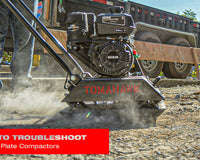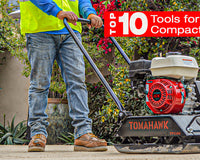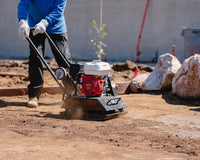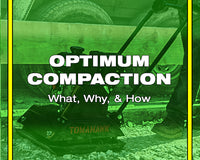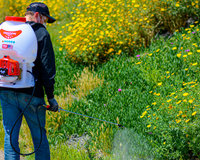Cleaning paver slabs is one of the most overlooked yet essential steps in hardscaping maintenance. Whether you're a contractor prepping a site for sealing or a homeowner freshening up a backyard patio, understanding the right cleaning process prevents long-term wear and keeps surfaces looking sharp. From removing grime to avoiding accidental damage, every step counts.
Start with the Right Tools
Not all cleaning jobs require pressure washers or harsh chemicals. For routine jobs, a stiff-bristle broom and eco-friendly cleaner can handle most dirt and algae. For more stubborn stains, such as oil or rust, specialized paver-safe degreasers are best. Always spot-test in an inconspicuous area before going all-in, especially on colored or textured slabs.
That said, before cleaning even begins, it’s smart to clear the workspace of any movable slabs or obstacles. For larger pieces, using a vacuum lifter for stone slabs makes the task safer and more efficient. Tools like the Tomahawk TVL440 Vacuum Lifter let you lift and relocate slabs without scraping or cracking the material underneath.
Avoid These Common Mistakes
Using high-pressure jets too close to the surface can etch or pit concrete. Similarly, wire brushes may scratch the finish, especially on decorative porcelain or granite pavers. Contractors often rely on stone handling equipment to keep pavers intact during transport and cleaning—a tip that translates well to homeowners managing DIY jobs.
As safety consultant and public speaker Darren Miller once put it:
“The most expensive stone isn’t the one you bought—it’s the one you cracked trying to save time.”
— Darren Miller, Jobsite Safety Advocate
Clean First, Then Seal
Once slabs are clean and dry, many professionals recommend sealing to protect from future stains. But sealing a dirty slab traps imperfections beneath the surface, leading to discoloration over time. Use paver lifting tools to adjust spacing or remove stubborn units that need deeper cleaning before sealing. This not only improves the final result but saves on future labor.
Don’t Overlook Ergonomics
Cleaning may not seem like a strain until it involves repeated lifting and moving of slabs. Using an ergonomic tool for stone placement—such as a one-person vacuum suction lifter—can reduce fatigue and protect your back. Whether you're tackling a few patio tiles or a full-sized slab, investing in safety and efficiency pays off in the long run.
Maintenance Tips Going Forward
To keep your hardscape clean with minimal effort, schedule regular sweeps to clear leaves and debris. Rinse monthly with a low-pressure hose, and reseal every 2–3 years depending on weather exposure. For contractors managing larger commercial sites, incorporating slab lifters for hardscaping into your equipment list streamlines both cleaning and installation tasks.

